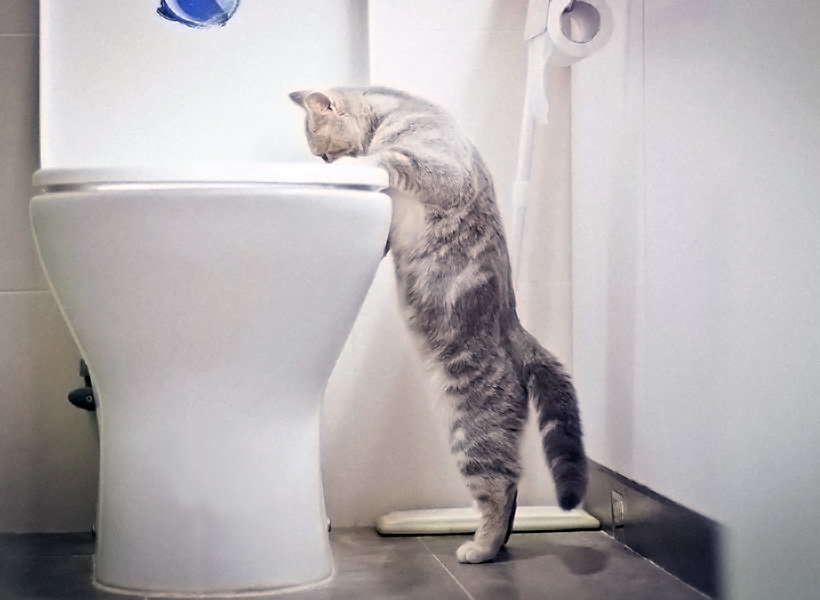The writer is making several great pointers on the subject of Why you should never flush dog poop down the toilet in general in the article following next.

When it pertains to taking care of waste, especially animal waste, lots of people usually consider the hassle-free alternative of flushing it down the bathroom. Nevertheless, this apparently simple solution can have severe repercussions for the environment and public health. In this post, we'll discover why flushing animal waste down the commode is a bad idea and offer different techniques for appropriate disposal.
Introduction
Correct waste disposal is important for preserving environmental sustainability and public health. While it might appear safe to purge animal waste down the bathroom, it can result in various problems, both for the setting and human health.
Dangers of flushing pet waste
Ecological influence
Purging animal waste presents hazardous microorganisms and microorganisms into waterways, which can adversely influence aquatic ecosystems. These virus can pollute water sources and damage aquatic life, interfering with delicate ecological communities.
Public health issues
Animal waste contains damaging microorganisms such as E. coli and Salmonella, which can pose serious health risks to human beings. Purging pet waste down the commode can pollute water materials, resulting in the spread of diseases and infections.
Alternatives to flushing
As opposed to purging animal waste down the toilet, there are a number of alternative disposal techniques that are extra eco-friendly and hygienic.
Composting
Composting pet waste is a green means to take care of it. By composting, raw material is broken down into nutrient-rich dirt, which can be utilized to feed gardens and plants.
Land fill disposal
Getting rid of animal waste in a garbage dump is an additional option. While not as eco-friendly as composting, it is a more secure choice to flushing, as it avoids the contamination of water sources.
Pet garbage disposal systems
There are customized animal waste disposal systems available that safely and hygienically take care of pet waste. These systems typically utilize enzymes to break down waste and remove odors.
Actions to correct pet waste disposal
To guarantee correct disposal of animal waste, adhere to these actions:
Scooping and landing waste
Frequently scoop and bag pet waste utilizing naturally degradable bags. This protects against waste from contaminating the atmosphere.
Using designated waste bins
Dispose of bagged animal waste in assigned waste containers, such as garden compost bins or garbage dump bins. Prevent flushing it down the toilet whatsoever prices.
Cleansing can and family pet areas on a regular basis
On a regular basis tidy litter boxes and pet dog locations to stop the build-up of waste and bacteria. Usage pet-safe cleansing items to keep hygiene.
Advantages of proper disposal methods
Adopting proper disposal techniques for animal waste supplies several benefits:
Minimized environmental pollution
Appropriate disposal approaches lower the threat of environmental pollution, shielding waterways and ecosystems from contamination
Lessened risk of water contamination.
By website staying clear of flushing pet waste down the commode, the risk of water contamination is significantly lowered, guarding public health.
Improved hygiene and health
Appropriate disposal techniques advertise much better sanitation and hygiene, creating a much safer setting for both people and pets.
Conclusion
Finally, flushing pet waste down the bathroom is damaging to the setting and public health. By adopting alternate disposal techniques and following proper waste monitoring practices, we can reduce the negative effect of pet waste and add to a cleaner, much healthier world.
What To Do With Dog Poo – The Do's And Don'ts Of Disposing Of Faeces
Dog poo bins
Some councils provide dedicated dog waste bins in popular dog-walking areas that can take dog poo that has been bagged but you can legally dispose of dog waste in any public litter bin, as long as it is securely bagged. This also applies to your wheelie bin at home.
Do not flush
Water companies do not recommend flushing dog faeces down the toilet because certain parasites can survive the water processing treatment and are potentially harmful to humans. You should also never consider flushing dog poo that has been bagged down the toilet as the bags will not break down and instead create severe blockages in the sewage system.
In the woods
The Forestry Commission promotes a ‘stick and flick’ method for dealing with waste in the woods. This means finding a stick and using it to flick any poo from off the path so that it is out of the way of other walkers. You could also bury it as long as it is not in an area where there might be livestock.
Livestock
Parasites found in dog poo can be transmitted to livestock if they inadvertently eat infected faeces that has been left on grazing land. This could result in the death of sheep or abortion in cattle so you should always make sure you pick up your dog’s waste in fields where livestock could be present.

On a regular basis tidy litter boxes and pet dog locations to stop the build-up of waste and bacteria. Usage pet-safe cleansing items to keep hygiene.
Advantages of proper disposal methods
Adopting proper disposal techniques for animal waste supplies several benefits:
Minimized environmental pollution
Appropriate disposal approaches lower the threat of environmental pollution, shielding waterways and ecosystems from contamination
Lessened risk of water contamination.
By website staying clear of flushing pet waste down the commode, the risk of water contamination is significantly lowered, guarding public health.
Improved hygiene and health
Appropriate disposal techniques advertise much better sanitation and hygiene, creating a much safer setting for both people and pets.
Conclusion
Finally, flushing pet waste down the bathroom is damaging to the setting and public health. By adopting alternate disposal techniques and following proper waste monitoring practices, we can reduce the negative effect of pet waste and add to a cleaner, much healthier world.
What To Do With Dog Poo – The Do's And Don'ts Of Disposing Of Faeces
Dog poo bins
Some councils provide dedicated dog waste bins in popular dog-walking areas that can take dog poo that has been bagged but you can legally dispose of dog waste in any public litter bin, as long as it is securely bagged. This also applies to your wheelie bin at home.
Do not flush
Water companies do not recommend flushing dog faeces down the toilet because certain parasites can survive the water processing treatment and are potentially harmful to humans. You should also never consider flushing dog poo that has been bagged down the toilet as the bags will not break down and instead create severe blockages in the sewage system.
In the woods
The Forestry Commission promotes a ‘stick and flick’ method for dealing with waste in the woods. This means finding a stick and using it to flick any poo from off the path so that it is out of the way of other walkers. You could also bury it as long as it is not in an area where there might be livestock.
Livestock
Parasites found in dog poo can be transmitted to livestock if they inadvertently eat infected faeces that has been left on grazing land. This could result in the death of sheep or abortion in cattle so you should always make sure you pick up your dog’s waste in fields where livestock could be present.

I have been very eager about Why you should never flush dog poop down the toilet and I'm hoping you appreciated my entry. Do you know somebody who is excited about the niche? Why not share it. Thank you for taking the time to read it.
Website